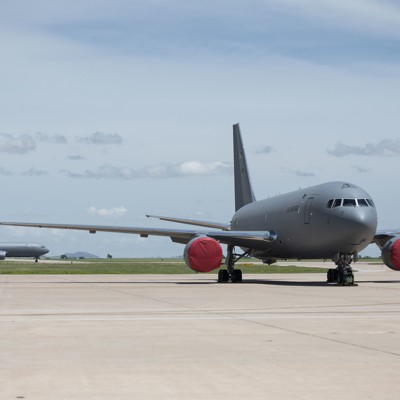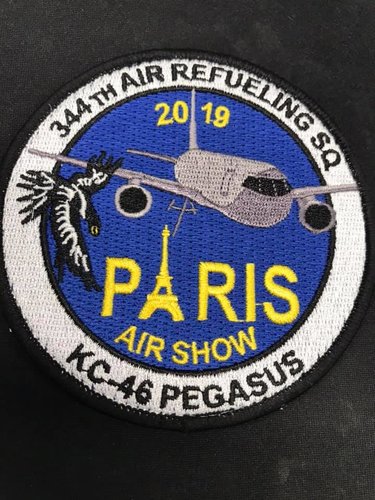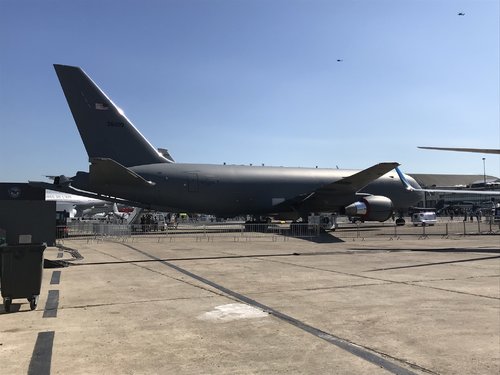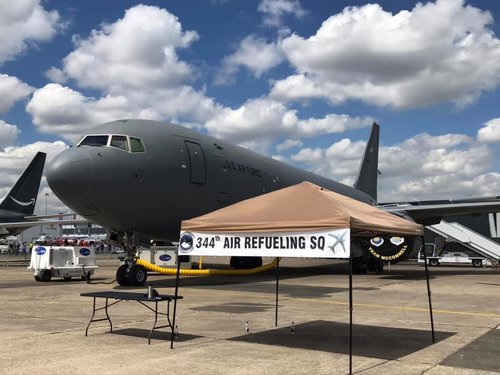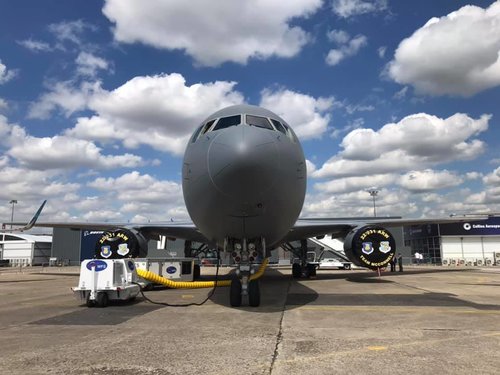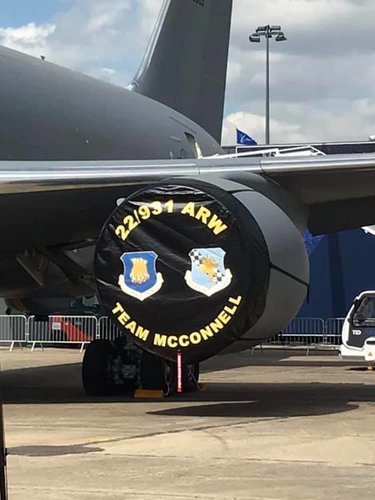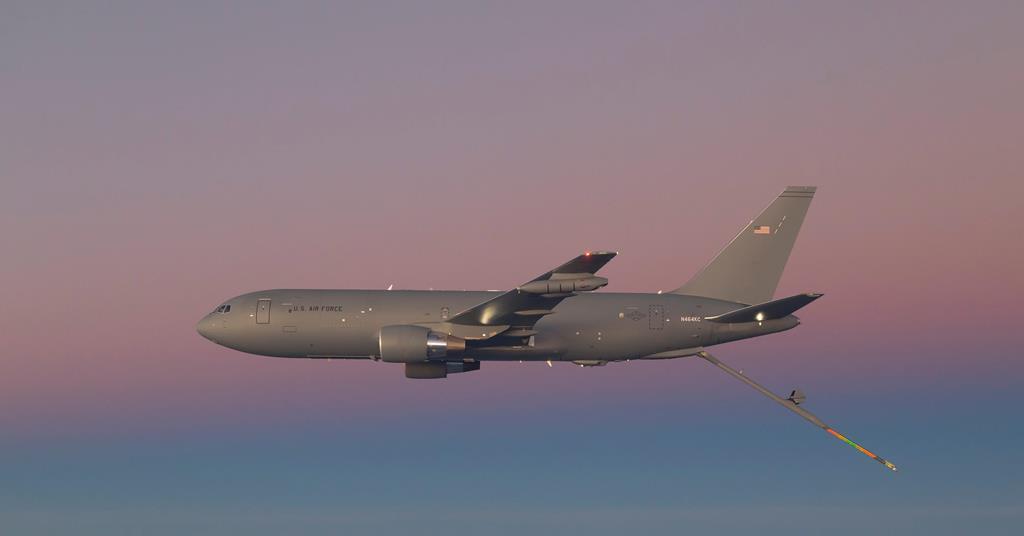The US was lucky to get sixty KC-10A it got.
By the time Jimmy Carter left office, only 12 KC-10s were funded and the plan was to buy no more than 20(!). This was after the Carter Admin. knocked down the number down from ~90 (as planned just before Ford left office) to ~40, and then down to 20 by the time JC left office.
Of course, Carter loses the 1980 election to Reagan and ultimately 60 were procured - which was closer to the initial plan (~70), when the Advanced Tanker and Cargo Aircraft (ATCA) program was conceived in the late-60s/early-'70s.
With respect to the KC-10A and KC-46A, I'm still gobsmacked over the USAF choosing to go with the P&W engines for the KC-46, rather specifying a GE CF6-80-variant as used by the E-4B, VC-25A, C-5M, and KC-10A already. I understand there may be a lower procurement cost up front, but it just strikes me as madness to create a whole new training, spares, and maintenance infrastructure for a new type of engine, when there was already one in place for the ~450+ engines already in service of a type that was perfectly suitable for the KC-X program.

